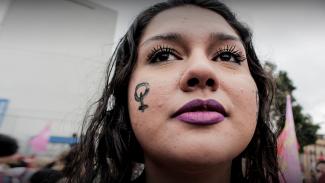The word ‘trafficking’ suggests something very physical. Stories of trafficking of women often include details of stolen passports, border crossings, and foreign countries. But what happens when a concept that suggests the actual movement of people is taken into the virtual world of the web? What happens when trafficking is combined with information and communication technologies (ICTs)?
It seems unlikely that whoever coined the term ‘information superhighway’ anticipated that the traffic on the internet would be in people, as well as information.
How, and how much, the internet and other ICTs are implicated in trafficking is the subject of this paper.
